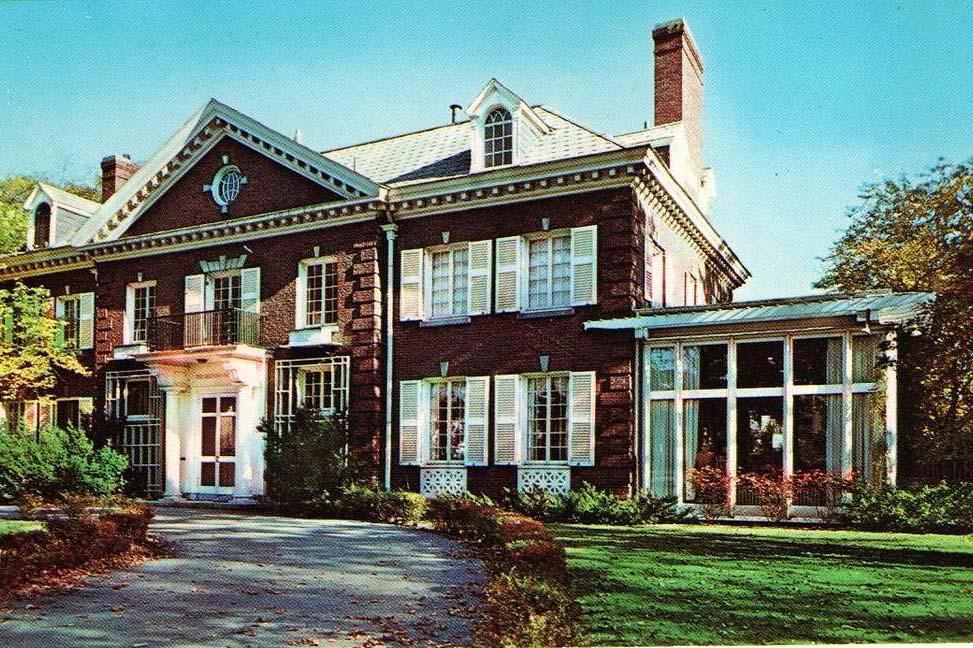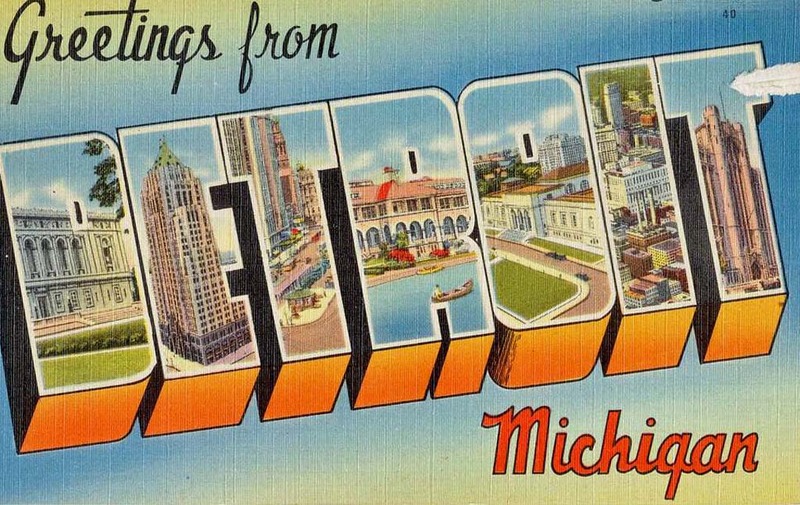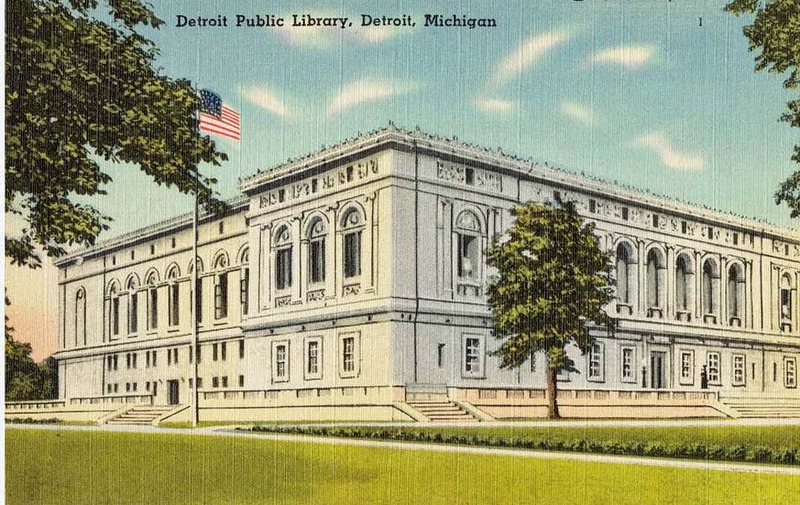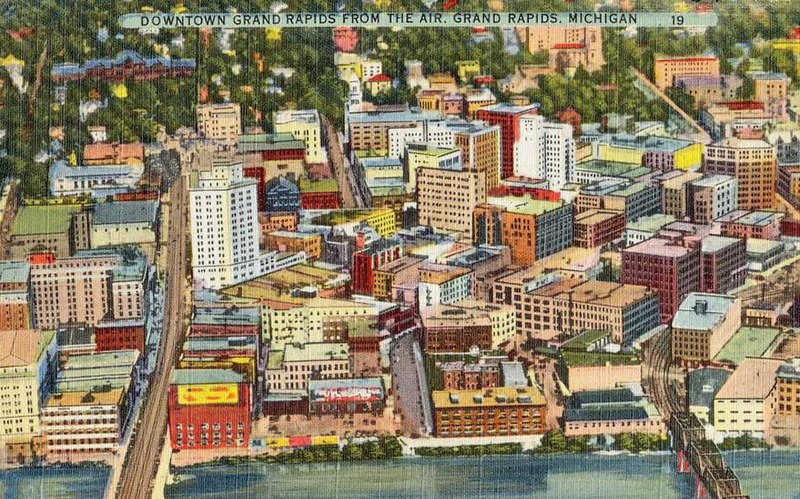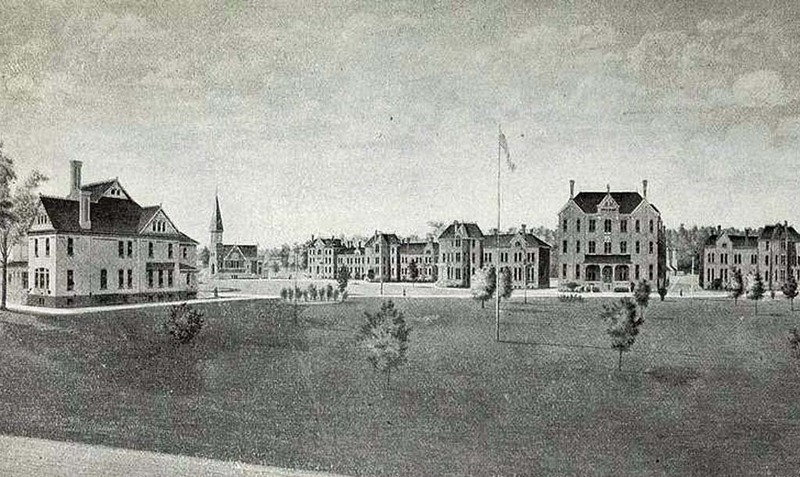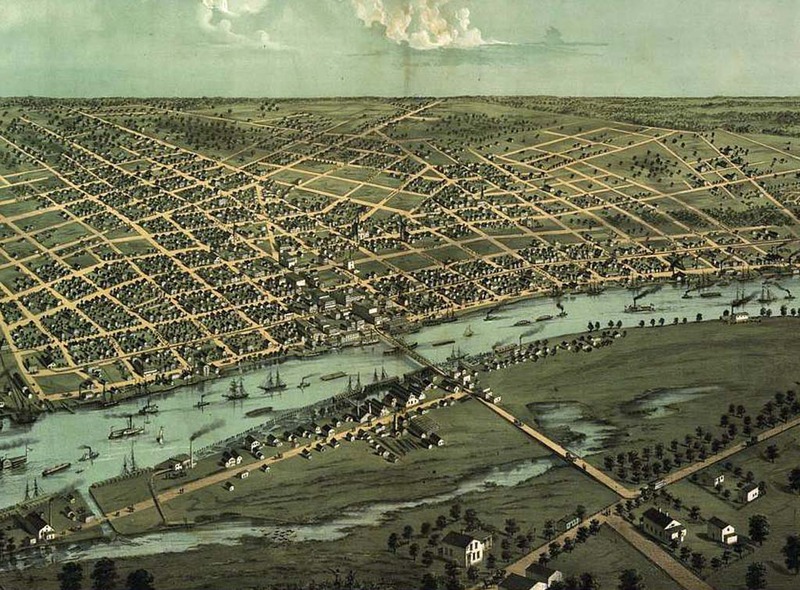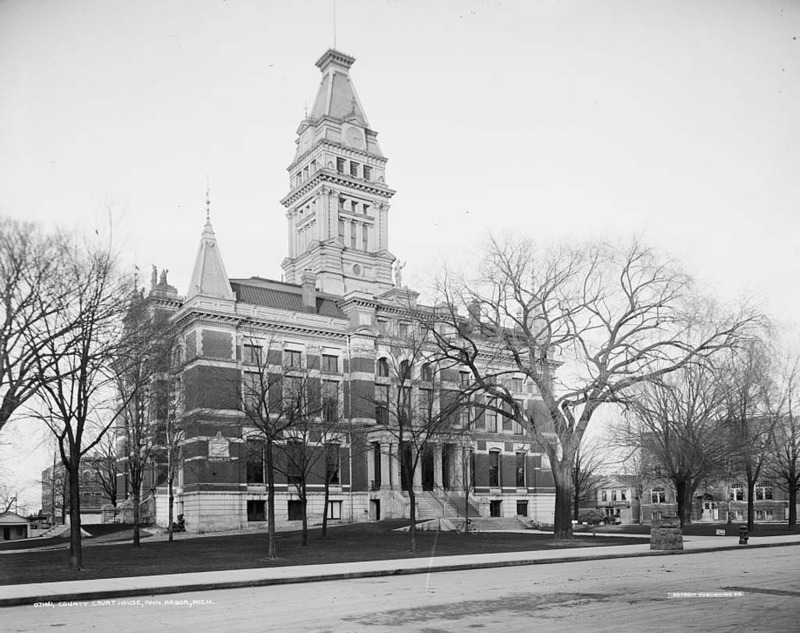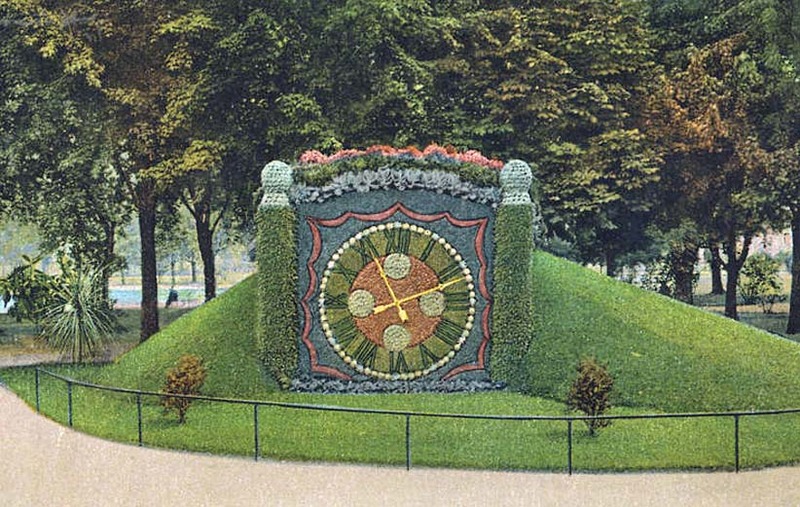EEOICPA Statistics for Claimants Living in Michigan
DOL Part B and Part E Statistics
NIOSH Dose Reconstruction Statistics
Michigan EEOICPA Facilities
Facility descriptions credit: DOE
Photo Credit: Jason Gillman on Pixabay
AC Spark Plug
performed beryllium work for the AEC. Records
indicate that approximately 10 men worked with
beryllium at this location in 1947. Information
about AC Spark Plug is found in health hazard
surveys, shipping reports and in a MED history.
The company continued to receive hundreds of
pounds of beryllium for use under government
contract into the 1960's. It is possible that
some or all of this beryllium was being used for
other, non-AEC projects.
There was also a
small amount of thorium procurement related to
AC Spark Plug in the 1946-1947 timeframe.
During the period of residual contamination, as
designated by the National Institute for
Occupational Safety and Health and as noted in
the dates above, employees of subsequent owners
and operators of this facility are also covered
under the Energy Employees Occupational Illness
Compensation Program Act.
On May 14-18 1956, Baker-Perkins performed a test of their mixing equipment for National Lead Company of Ohio (Fernald). The tests involved mixing uranium trioxide (orange oxide) with water and kneading the mixture with the Baker-Perkins “P” and “K” Ko-Kneader machines.
Starting on May 25,
1954, the Bridgeport Brass Company had a
contract with the Atomic Energy Commission (AEC)
to operate the extrusion plant designated here
as the Adrian Facility, which was located at
1450 E. Beecher Street in Adrian, Michigan.
Bridgeport Brass operated a special metals
extrusion press and produced uranium fuel
elements for the Hanford and Savannah River
Plant reactors and developmental extrusion work
on thorium and depleted natural and slightly
enriched uranium at the Adrian Facility.
After termination of AEC activities in 1961,
most of this plant's functions were transferred
to Reactive Metals, Inc. (RMI) in Ashtabula,
Ohio. Bridgeport shipped one large extrusion
press to RMI and all other equipment was
dismantled and scrapped. Decontamination and
closeout work was accomplished in 1962, after
the presses had been removed to Ohio.
Although this site was designated as part of the
Formerly Utilized Site Remediation Action
Program (FUSRAP) in 1985, the only year in which
remediation work took place, by or on behalf of
the DOE, was 1995. The 1995 work was performed
under the Bechtel National Inc. umbrella
contract for DOE site environmental remediation.
The Brush Beryllium
Company in Detroit, MI, was one of several
companies that rolled or extruded uranium rods
for Hanford reactor fuel in the late 1940s and
early 1950s. In 1950, Hanford began making
rolled uranium rods onsite, but the Atomic
Energy Commission shifted the rolling work to
the Fernald, OH, Feed Materials Production
Center and its supporting contractors in 1952. A
number of private companies, including Brush
Beryllium Company, contracted with Fernald to
provide Hanford with these rolled rods.
Due
to Brush Wellman’s status as a statutory
beryllium vendor, all employees of Brush Wellman
in the U. S., regardless of location, are
covered for the entire period for which Brush
Wellman and its predecessors supplied beryllium
to the U. S. Department of Energy or its
predecessor agencies. That period is defined as
August 13, 1943 and continuing.
Additionally,
on March 8, 2011 the corporate name of Brush
Wellman, Inc. changed to Materion Brush, Inc.
In 1956, the Carboloy Company conducted operations to turn down the outer diameter of uranium slugs.
A November 7, 1944, document indicates that Extruded Metals participated in work related to metal fabrication for the Manhattan Project.
Gerity-Michigan
operated a 2200/550 ton tube and rod extrusion
press and performed the first extrusion of
beryllium there on May 11, 1949 for the AEC.
Documentation, specifically accountability
reports, indicates that work continued there
through the 1950s.
Gerity-Michigan was also
under contract to the AEC to put extrusion
presses into operating condition at the Adrian,
Michigan facility.
In a test for
National Lead of Ohio (Fernald), Mitts and
Merrell reduced a thorium metal chunk to small
particle size pieces in its Hog Grinder.
During the period of residual contamination, as
designated by the National Institute for
Occupational Safety and Health and as noted in
the dates above, employees of subsequent owners
and operators of this facility are also covered
under the Energy Employees Occupational Illness
Compensation Program Act.
The Oliver Corporation participated in green salt briquetting testing for the National Lead Company of Ohio (Fernald). Records indicate that testing took place in November 1956, July 1957, May 1961 and May 1962. It is unclear from the documentation whether the company ever performed this work at a production level. The Oliver Corporation AEC license history indicates that it was licensed to receive 350 pounds of normal uranium (40-6977 - 03/08/63) and 20,000 pounds of uranium enriched U-235 (70-646 – 03/26/62) (but comments that records indicate that it is not related to its work for NLO).
Revere Copper and
Brass extruded uranium rods at its Detroit plant
starting in 1943 under contracts XPG-773-1/2 and
RPG-704-1/2 for the Atomic Energy Commission
(AEC). Additionally, in October 1964, Revere
Copper and Brass produced one thorium bar, which
was divided up and sent to a number of AEC
facilities.
Revere also extruded beryllium
ingots and billets into rods at its Detroit
plant between 1946 and 1950. Revere had a
contract with the AEC for beryllium work, but
not with the MED. Revere also worked with
beryllium alloys. Some of the beryllium work was
done on parts or components for the Materials
Testing reactor.
During the period of
residual contamination, as designated by the
National Institute for Occupational Safety and
Health and as noted in the dates above,
employees of subsequent owners and operators of
this facility are also covered under the Energy
Employees Occupational Illness Compensation
Program Act.
Speedring machined beryllium-containing parts for Rocky Flats and Y-12. The Detroit Speedring office designation covers both of the locations to which the Detroit forwarding office sent work, including their locations in Warren, MI and Rochester Hills, MI. There is a separate Speedring facility in Cullman, Alabama.
The Star Cutter Corporation manufactured machine tools. Records indicate that National Lead of Ohio (Fernald) conducted a one-time test of a Star Cutter drill to hollow uranium slugs.
The University of
Michigan developed radar fuses and conducted
ordnance research to assist Los Alamos in atomic
bomb research and production.
Records
indicate that small quantities of uranium metal
were handled at the University of Michigan under
AEC contract. The contract expired April 10th,
1944. It is unknown whether or not similar work
was performed before or after this date.
In 1943, the
University of Chicago subcontracted to Wolverine
Tube of Detroit, Michigan, for help in extrusion
of metals that were needed as part of the
Manhattan Project. Wolverine Tube performed
research on the fabrication of aluminum slugs
and the process of aluminum canning and also
experimented with thorium and beryllium. This
contract ended in 1946. Wolverine Tube received
other AEC contracts because of its extrusion
expertise.
During the period of residual
contamination, as designated by the National
Institute for Occupational Safety and Health and
as noted in the dates above, employees of
subsequent owners and operators of this facility
are also covered under the Energy Employees
Occupational Illness Compensation Program Act.

